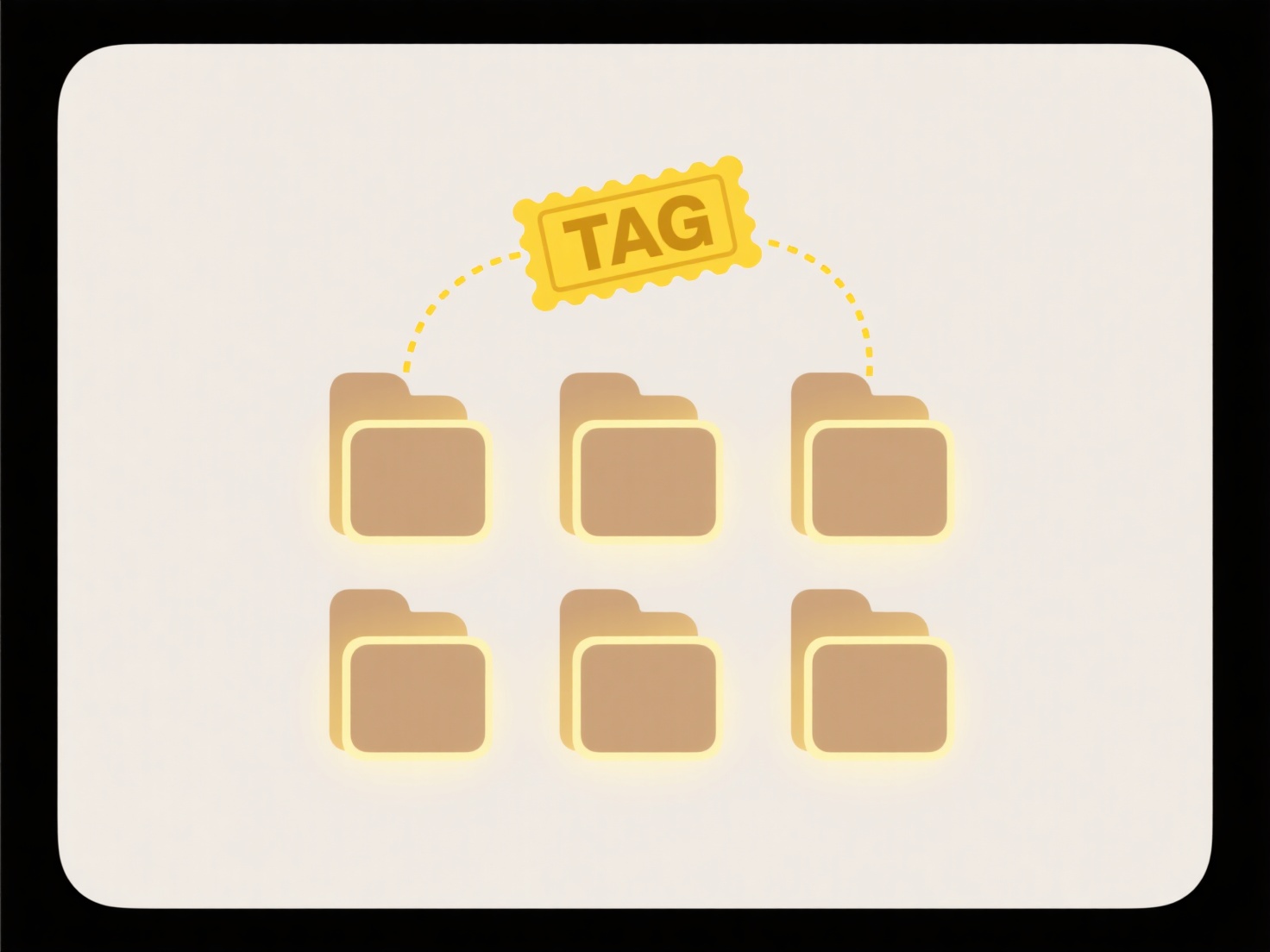
Syncing local folders with cloud structures establishes a continuous, automatic link between files stored on your personal computer and those held in a remote cloud storage service. When this sync is active, changes made to files or folders on your local machine are automatically uploaded and mirrored in the cloud. Conversely, changes initiated in the cloud (like an edit from another device) are automatically downloaded to keep the local copy current. This differs from simply uploading files manually once, as synchronization is an ongoing bidirectional process ensuring all locations match without repeated user intervention.

Common examples include individuals using services like Dropbox, Google Drive, or Microsoft OneDrive to sync their "Documents" or "Pictures" folders, ensuring their essential files are accessible on any device and safely backed up online. Businesses use tools such as Box, Egnyte, or specialized setups in Microsoft SharePoint to synchronize project folders, enabling seamless collaboration where team members work on shared files locally, with changes syncing instantly to the cloud and out to colleagues.
The primary advantages are universal file access from any internet-connected device, protection against local hardware failures (backup), and simplified collaboration. Key limitations include reliance on a stable internet connection for updates, potential file conflicts if the same file is edited simultaneously on multiple devices before syncing, and storage costs as cloud space fills. Future developments focus on smarter conflict resolution, improved selective sync options to conserve local space, and enhanced offline editing capabilities.
How do I sync local folders with cloud structures?
Syncing local folders with cloud structures establishes a continuous, automatic link between files stored on your personal computer and those held in a remote cloud storage service. When this sync is active, changes made to files or folders on your local machine are automatically uploaded and mirrored in the cloud. Conversely, changes initiated in the cloud (like an edit from another device) are automatically downloaded to keep the local copy current. This differs from simply uploading files manually once, as synchronization is an ongoing bidirectional process ensuring all locations match without repeated user intervention.

Common examples include individuals using services like Dropbox, Google Drive, or Microsoft OneDrive to sync their "Documents" or "Pictures" folders, ensuring their essential files are accessible on any device and safely backed up online. Businesses use tools such as Box, Egnyte, or specialized setups in Microsoft SharePoint to synchronize project folders, enabling seamless collaboration where team members work on shared files locally, with changes syncing instantly to the cloud and out to colleagues.
The primary advantages are universal file access from any internet-connected device, protection against local hardware failures (backup), and simplified collaboration. Key limitations include reliance on a stable internet connection for updates, potential file conflicts if the same file is edited simultaneously on multiple devices before syncing, and storage costs as cloud space fills. Future developments focus on smarter conflict resolution, improved selective sync options to conserve local space, and enhanced offline editing capabilities.
Related Recommendations
Quick Article Links
Can I use folder monitoring to trigger file organization scripts?
Can I use folder monitoring to trigger file organization scripts? Folder monitoring refers to automated systems that t...
How do I handle folder permissions in cloud drives?
Folder permissions in cloud drives control who can access or view, modify, or manage files within specific folders store...
Why does saving overwrite my previous version?
Saving typically overwrites your previous file version because the system assumes you want the latest changes to become ...